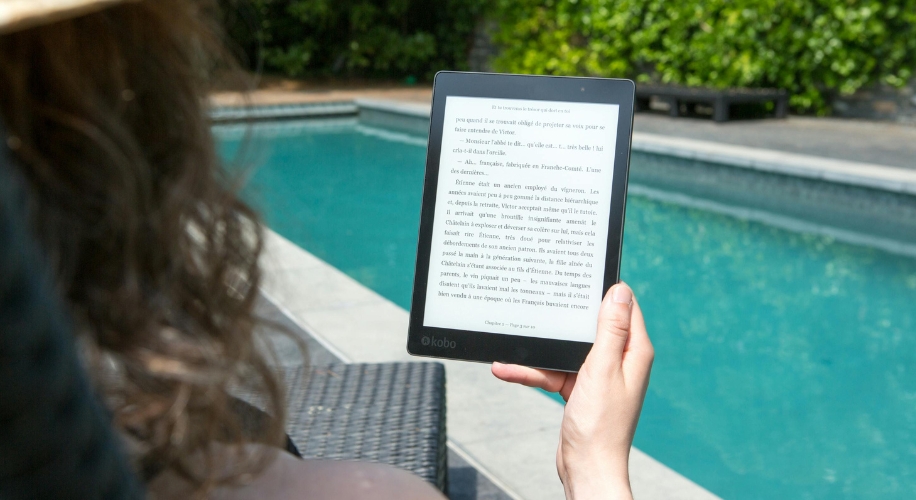Age-Related Vision Changes and Presbyopia
Presbyopia is a common condition that affects millions of people as they age, leading to changes in vision that can impact daily life. Whether you’re experiencing the first signs of presbyopia or simply want to understand it better, this guide aims to provide valuable insights.
Photo by Perfecto Capucine
What is Presbyopia?
Presbyopia is an age-related vision change that typically begins to affect people in their early to mid-40s. It is characterized by a gradual loss of the eye’s ability to focus on close objects, making activities like reading or using a smartphone more challenging. Unlike other vision issues such as myopia (nearsightedness) or hyperopia (farsightedness), presbyopia is a natural part of the aging process and affects nearly everyone eventually.
Causes of Presbyopia
The primary cause of presbyopia is the gradual stiffening of the eye’s lens, a flexible structure that changes shape to help focus on objects at different distances. As we age, the lens becomes less flexible, and the muscles around the lens lose their strength. This rigidity impairs the lens’s ability to adjust focus, resulting in difficulty seeing up close.
Symptoms of Presbyopia
Recognizing the symptoms of presbyopia is crucial for early intervention and effective management. Common symptoms include:
- Difficulty Reading Small Print: You may find it challenging to read newspapers, books, or labels up close.
- Holding Reading Material at Arm’s Length: To see clearly, you might instinctively push reading material farther away.
- Eye Strain or Fatigue: Extended close-up work may lead to eye discomfort or fatigue.
- Headaches: Straining to focus can sometimes cause headaches.
If you experience these symptoms, it’s important to consult an eye care professional to determine if presbyopia is the cause.
Diagnosing Presbyopia
Diagnosing presbyopia typically involves a comprehensive eye exam. During the exam, the eye doctor will evaluate your vision at different distances and check for any other potential vision issues. This assessment helps in determining the best course of action to manage presbyopia.
Solutions and Treatments
Fortunately, there are several effective options available to manage presbyopia and improve your quality of life:
Shop These Frames
Reading Glasses
Reading glasses are a simple and commonly used solution for presbyopia. They help magnify close-up text and objects, making it easier to see without straining. These glasses can be purchased over-the-counter or custom-made based on your specific needs.
Bifocal and Progressive Glasses
Bifocal glasses have two distinct optical powers, one for distance and one for close-up tasks. Progressive glasses, including progressive lenses, offer a gradual change in lens power, allowing for a seamless transition between different focal lengths. These lenses can be especially beneficial if you need to see clearly at various distances.
Contact Lenses
For those who prefer not to wear glasses, contact lenses are an alternative. There are multifocal contact lenses designed to address presbyopia, providing clear vision at multiple distances. Monovision contact lenses are another option, where one lens is set for distance vision and the other for near vision.
Surgical Options
In some cases, individuals opt for surgical solutions to correct presbyopia. Procedures such as LASIK or PRK can help improve near vision. Refractive lens exchange, where the natural lens is replaced with an artificial one, is another option. It’s important to consult with a qualified eye surgeon to determine if you’re a suitable candidate for these procedures.
Shop These Frames
Lifestyle Tips for Managing Presbyopia
Aside from corrective lenses and surgical options, there are lifestyle changes that can help manage presbyopia:
- Improve Lighting: Adequate lighting can reduce eye strain and make close-up tasks easier.
- Use Magnifying Tools: Magnifying glasses or apps can assist with reading small print.
- Regular Eye Exams: Routine eye exams are essential for monitoring changes in vision and updating prescriptions as needed.
Presbyopia is a natural part of aging, but with the right knowledge and solutions, you can effectively manage its impact on your daily life. If you’re experiencing symptoms of presbyopia, consult an eye care professional to explore the best options tailored to your needs.







 Canada
Canada